|
Welcome back to Flipping the Focus.
Leading up to the Mid-Atlantic Conference for Professional Learning, March 13-15, in Atlantic City, this marks the third in a series of posts devoted to pedagogical practices and frameworks that educators can leverage in their collaborative efforts to respectfully and equitably honour student voice. 1. Introduction Envision learning environments where students and their teachers are engaged to interact in profound and meaningful ways. The engagement in these environments results from relevant, meaningful, and applicable learning (Sheninger & Murray, p66) being moved into a student’s time and space. |
As you continue with the post, consider framing your thinking against these, sample goals:
- (Teacher-focus) To deepen my understanding of practices that engage students with differences in backgrounds, learning strengths, needs and interests.
- (Leadership-focus) To inform next best moves to supporting the growth of individual and collective teacher learning and practice.
practice, transformed both my teaching and student learning."
Upon returning to the group learning space, with thinking activated, students would work alongside their peers solving problems and engaging in rich tasks. Often times, students would leverage their autonomy to check-in with others, and through facilitated discussions around intentionally-selected and -sequenced artefacts, students’ voices were honored and a collective responsibility to building understanding for oneself and on behalf of others was cultured.
|
As more content was created for student consumption, this opened up a new opportunity: student agency could be increased; teacher-pacing, decreased. With on-demand access to content and coaching in active learning strategies, students were in a far-better position to manage portions of the subject matter independently and creatively--working towards mastery of learning goals and demonstrating evidence of course expectations.
|
To clarify, it’s not what it is; rather, it’s how you and your students are intentionally building conceptual understanding and procedural fluency, while going towards a more, personalized learning model. Bergmann & Sams (2014) sum this up with the expression: “What’s the best use of face-to-face time in class?”
Through increased opportunities for collaboration, teachers are then putting themselves in a position to better differentiate learning. It is not uncommon, in these learning environments, to see and hear students actively involved in knowledge-building, applying concepts, and engaging creatively and authentically in their learning (Flipped Learning Network, 2014).
Let’s take a closer look at Flipped Learning as a continuum of evolving, pedagogical practice. Consider viewing the Prezi (embedded, below), as you read through the accompanying explanations.
|
In the introduction, I described a typical starting point--similar to my own experience--with the Flipped Classroom. In the beginning, you’re creating and/or curating an archive of video content for students’, on-demand use. Moving towards ‘Step 2’, you’re providing opportunities for students to move through the curriculum at their own pace...students accessing content when required. As you continue along the continuum--coaching students and increasing their opportunities for agency--projects and rich tasks become the vehicles for developing understanding and building and transferring key competencies.
Once you and your students are experiencing Flipped Learning, learning is more asynchronous...more student-paced. At this stage, you’ll find students creating projects and crafting their own problems.
As students work through these challenges, teachers are continuing to provide support (e.g., guiding to content when it’s required), but the teaching-learning relationship has now evolved to one where “...[students] and [their] teacher [are learning] together in a collaborative relationship, each playing an active role in setting learning goals, developing success criteria, giving and receiving feedback, monitoring progress, and adjusting learning strategies” (Growing Success, p30).
4. Final Remarks
As you reflect, how are you seeking to co-create conditions that can give life to equity in the teaching and learning you do with students and your colleagues each and every day?
How might you FLIP LEARNING in your pedagogical practice?
In closing, I can't help but to think of the conversations that can be inspired when we take collective action to improving student learning. As this blog is a means for readers to network and gradually change the context for how they teach and learn, we all benefit by drawing nearer to the perspectives shared here and shared beyond with our professional learning networks.
I am more than happy to collaborate with you and make our learning visible, here, in this blog and across Flipping the Focus' social media platforms, as well as your own. If at any time, you have questions or comments, please feel free to reach out to me at Flipping the Focus. Sincerely, Chris Stewart Education Leader, Flipping the Focus (c) 2019
5. References
Bergmann, J., & Sams, A. (2014). Flipped learning: Gateway to Student Engagement (1st ed., pp. 21-38). Eugene: ISTE Flipped Learning Network. (2014, March 12). Definition of Flipped Learning. Retrieved from https://flippedlearning.org/definition-of-flipped-learning/ Growing Success: Assessment, Evaluation and Reporting in Ontario’s Schools. (2010). Toronto: Ministry of Education. Sheninger, E. C., & Murray, T. C. (2017). Learning Transformed: 8 Keys to Designing Tomorrow’s Schools, Today. Alexandria, VA: ASCD. |
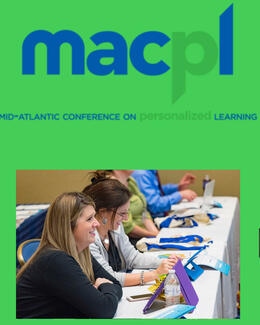

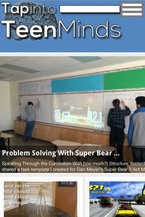
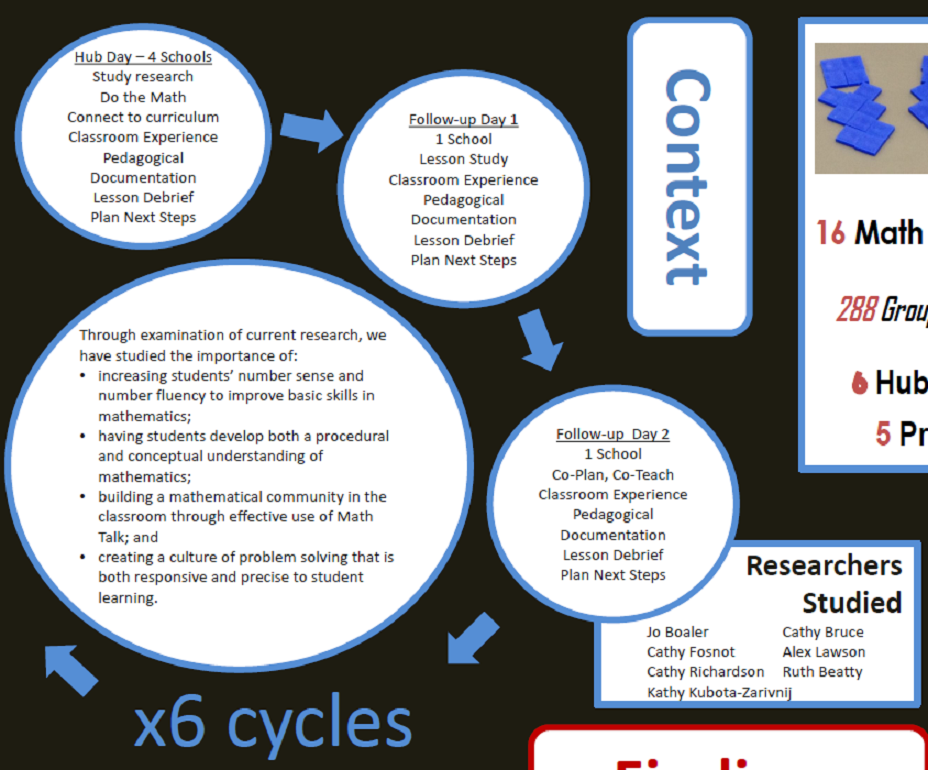
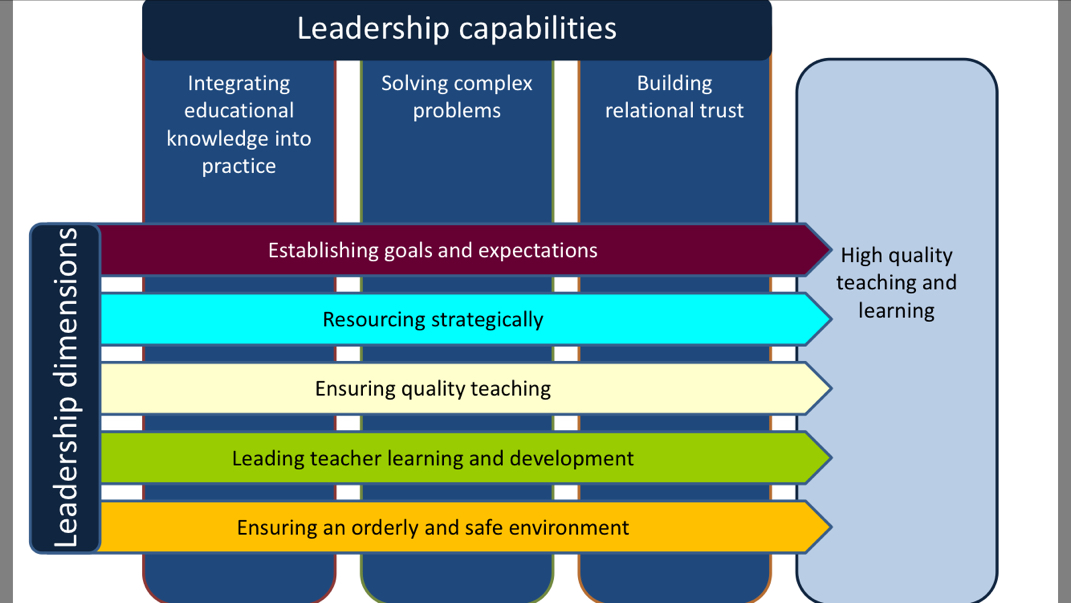
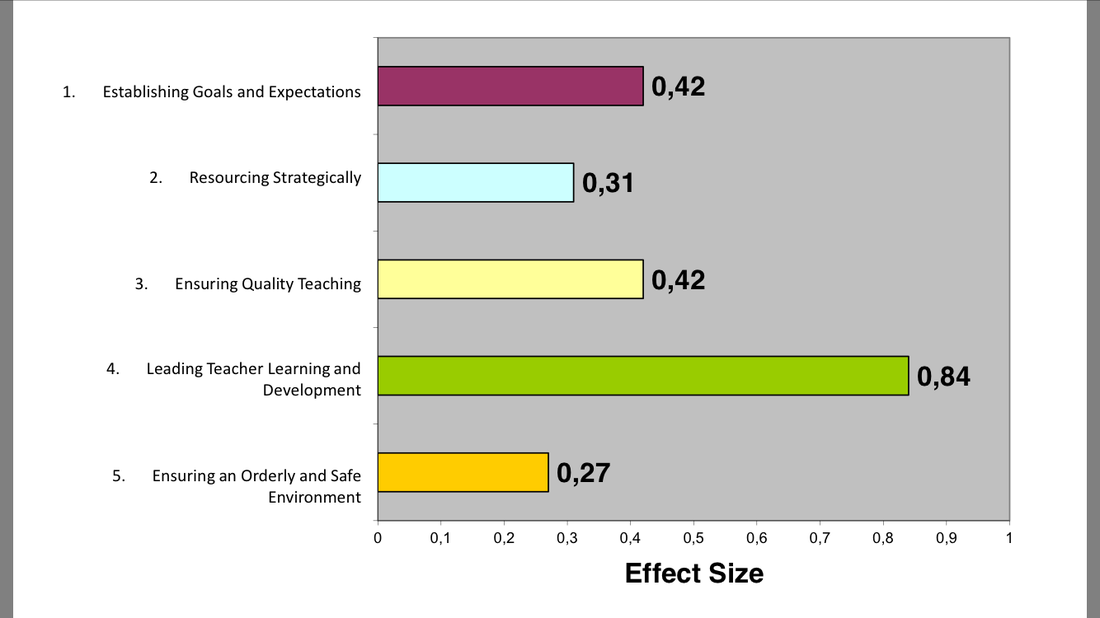
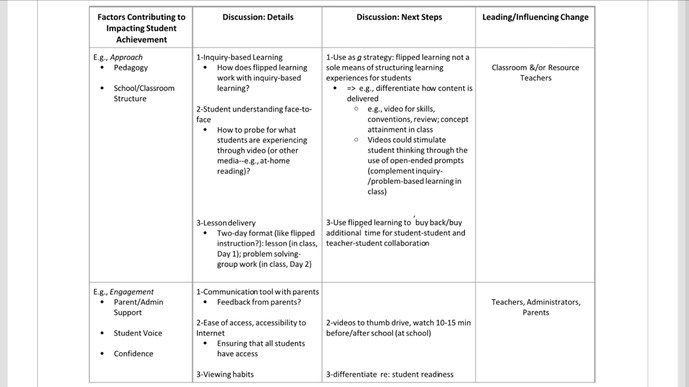
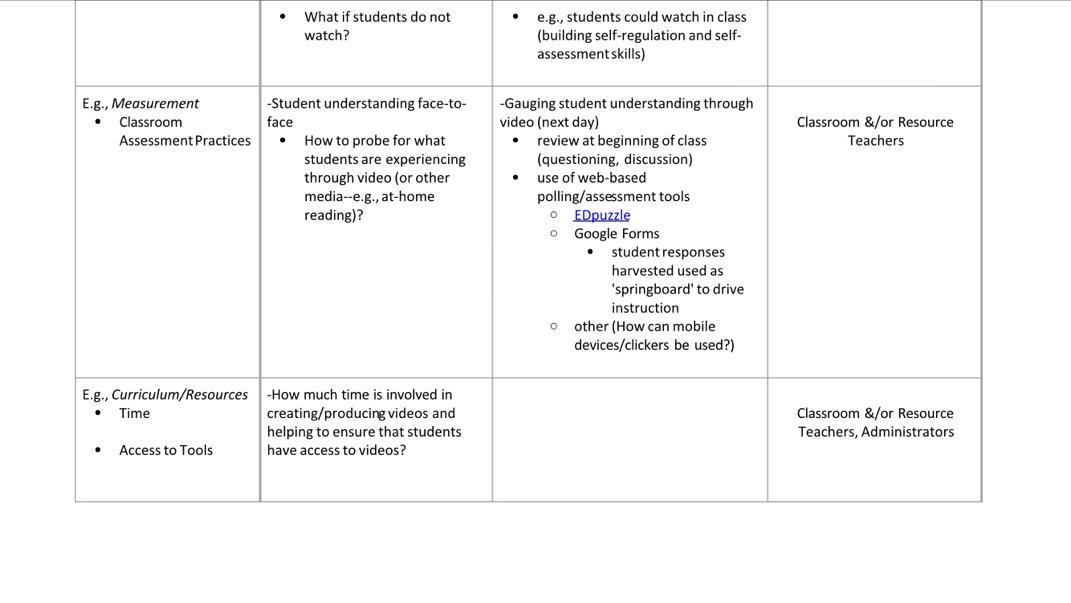
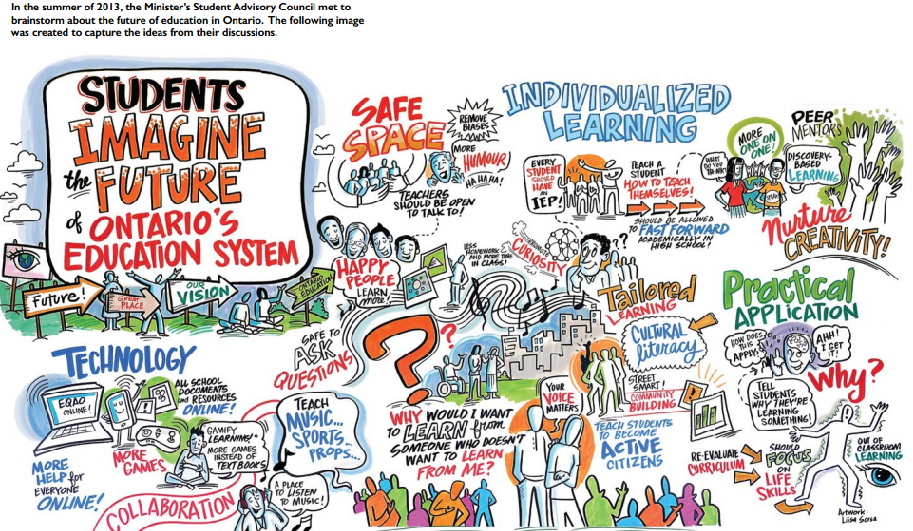
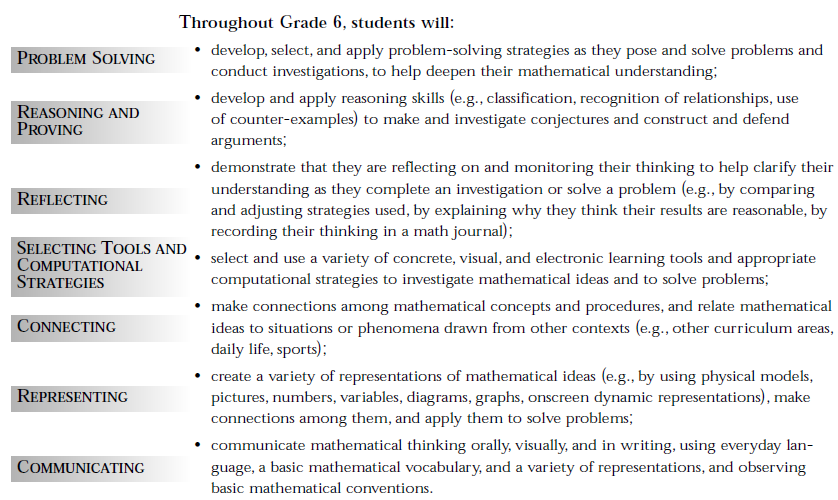
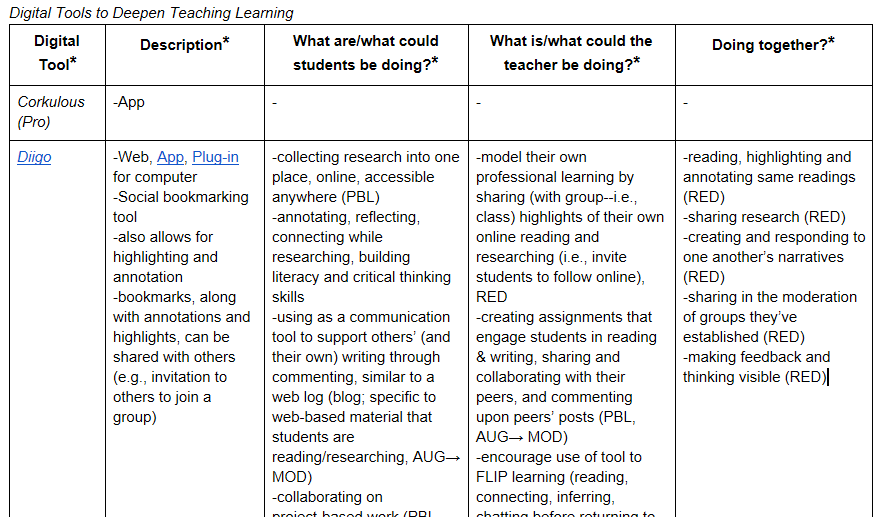


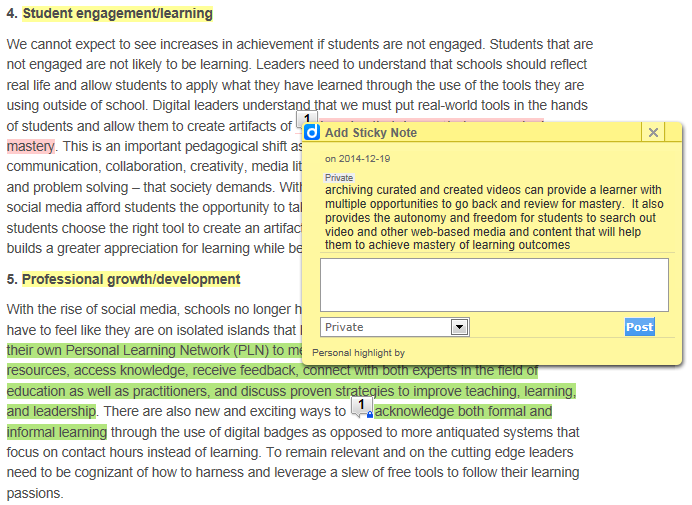
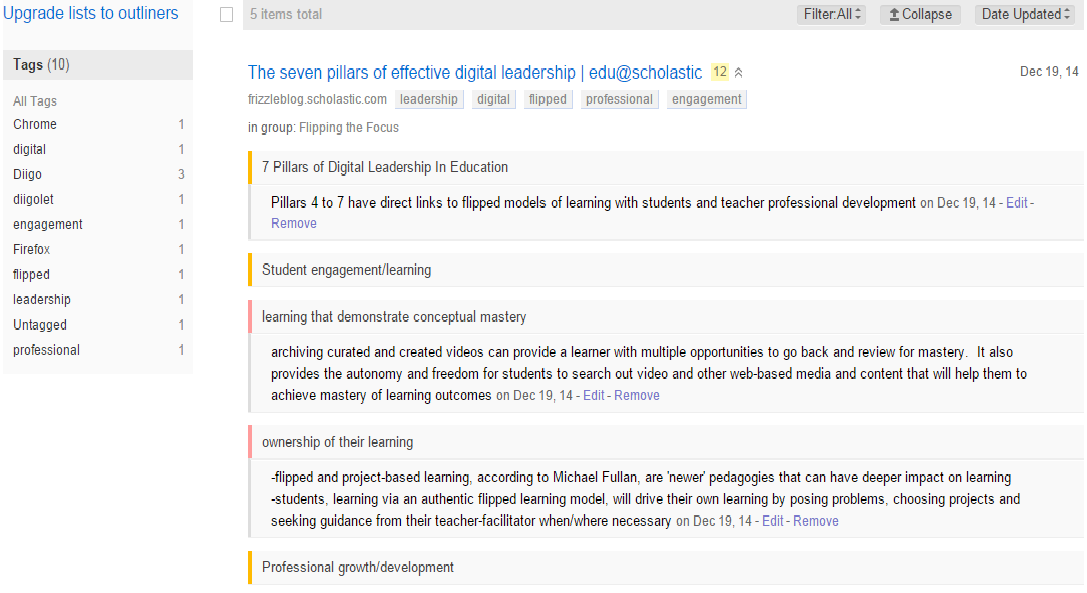
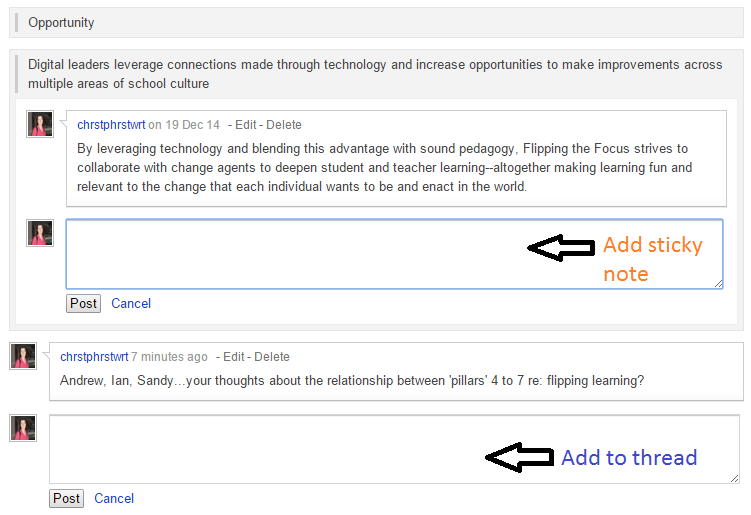
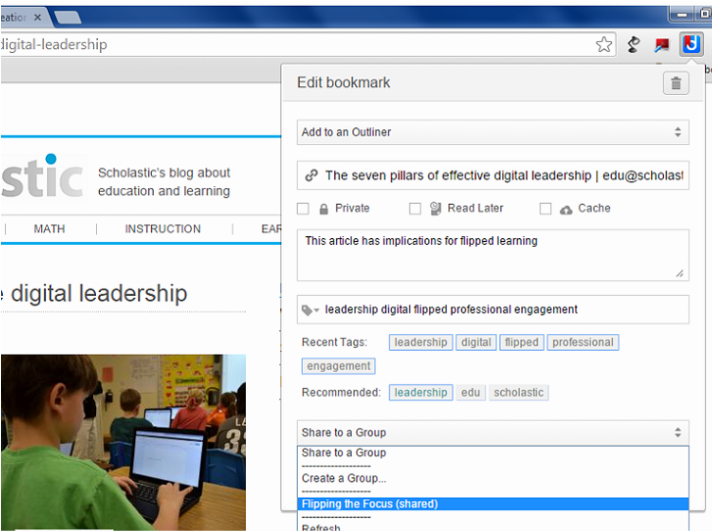
 RSS Feed
RSS Feed


